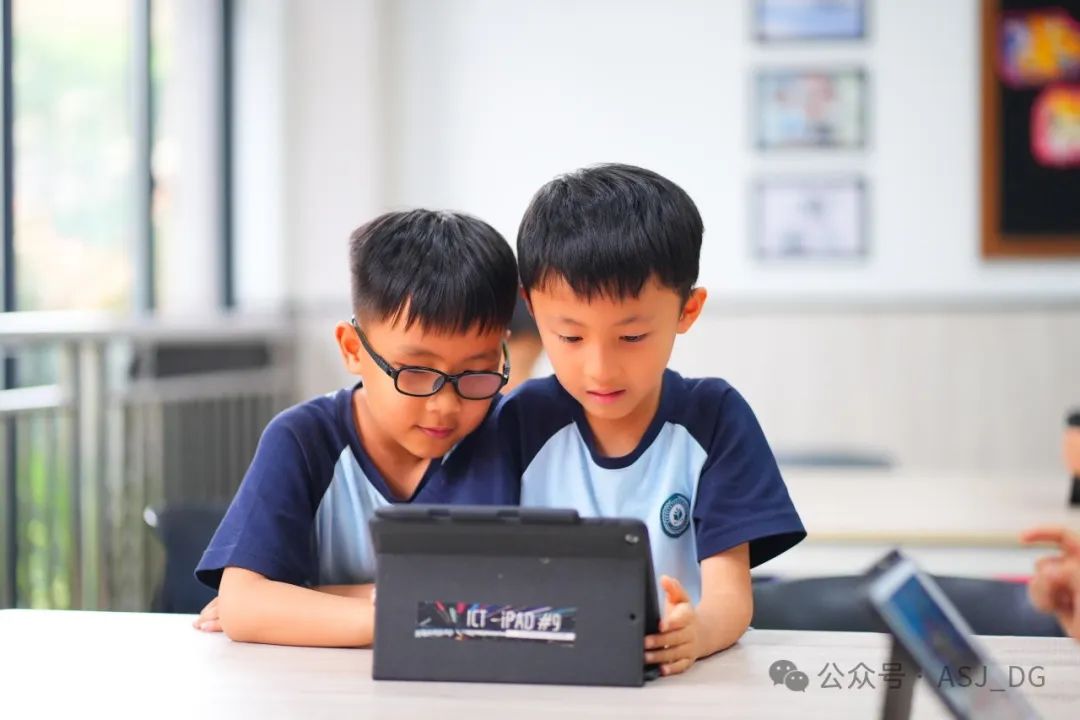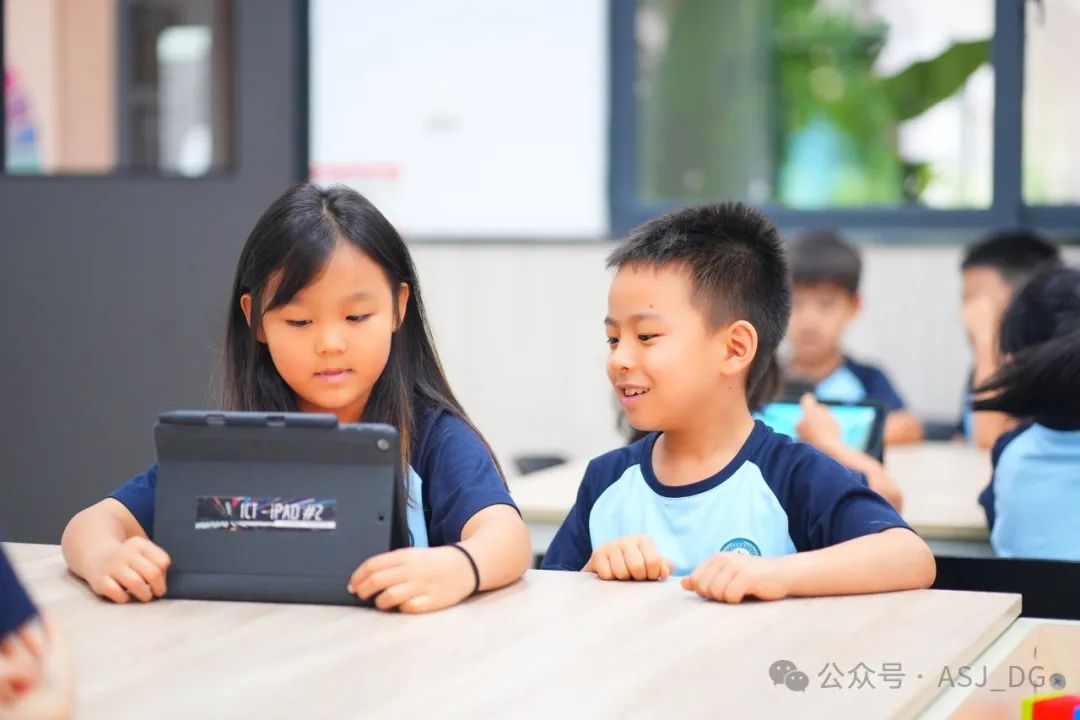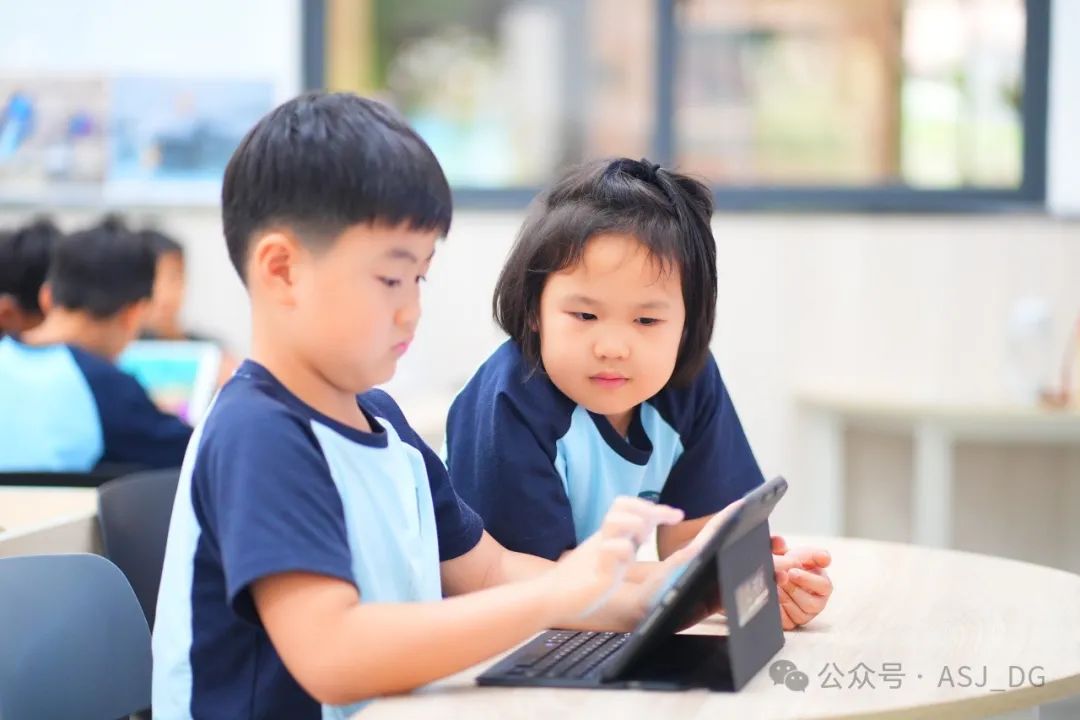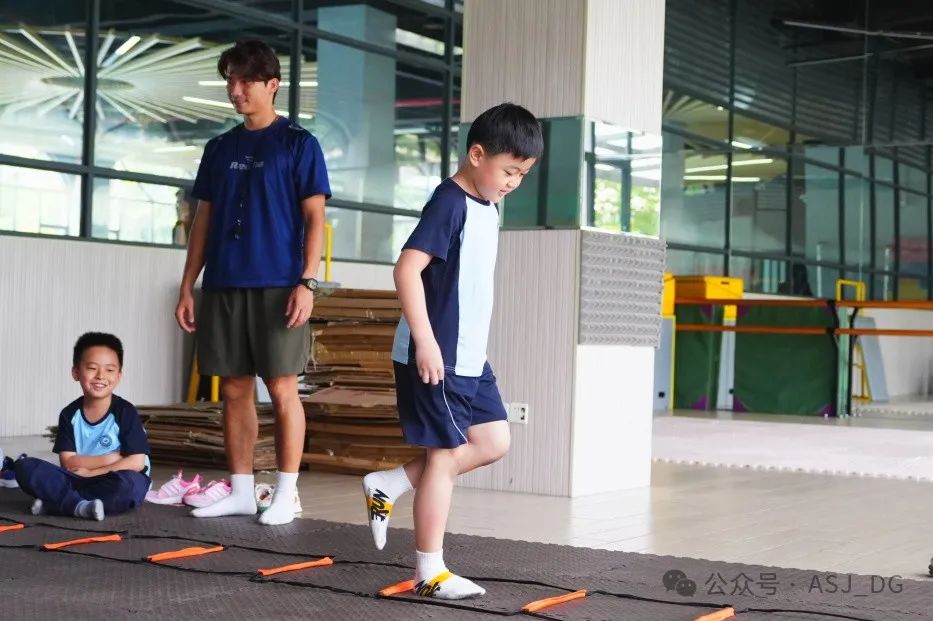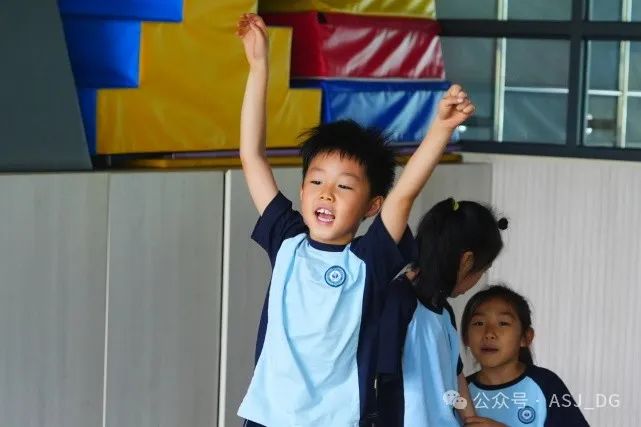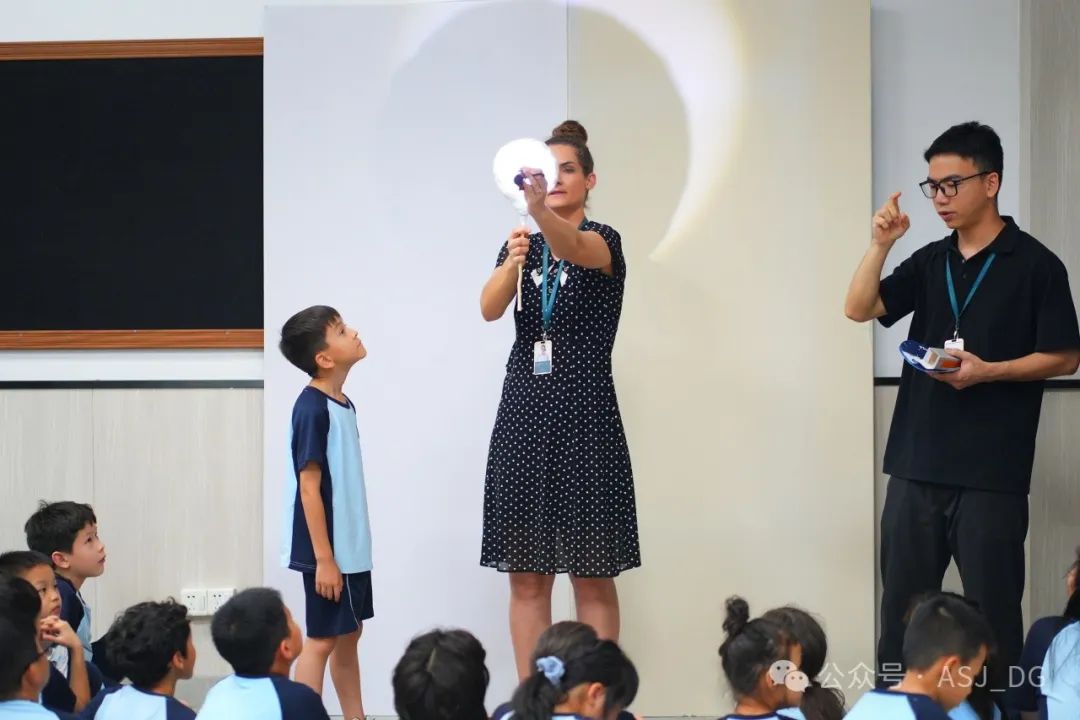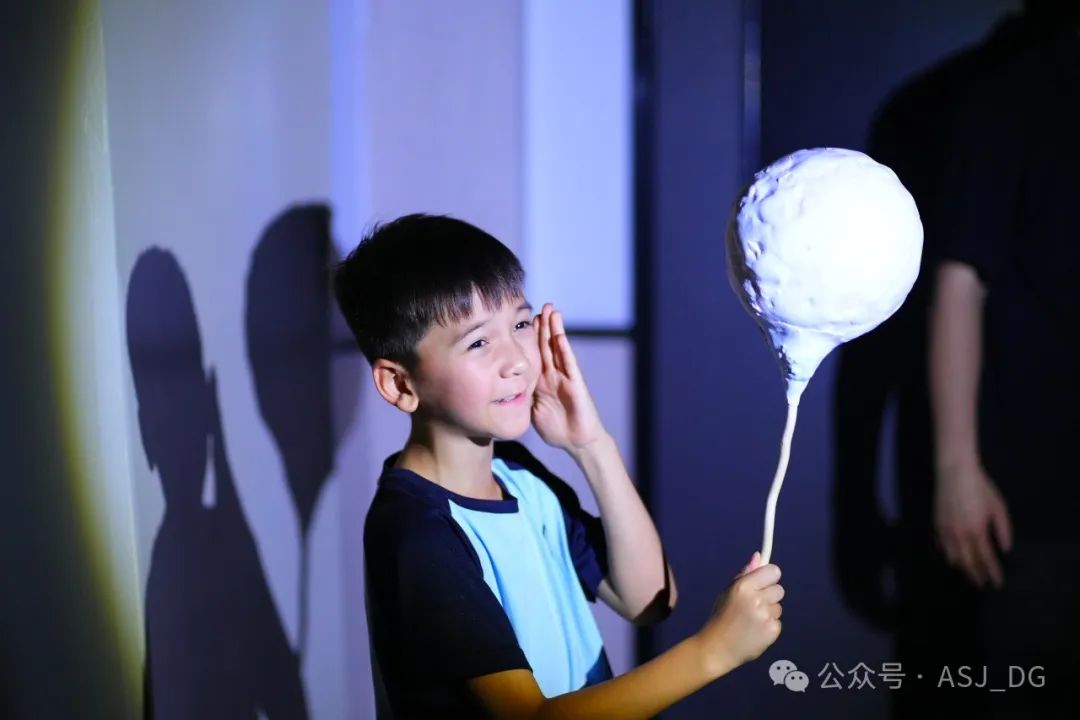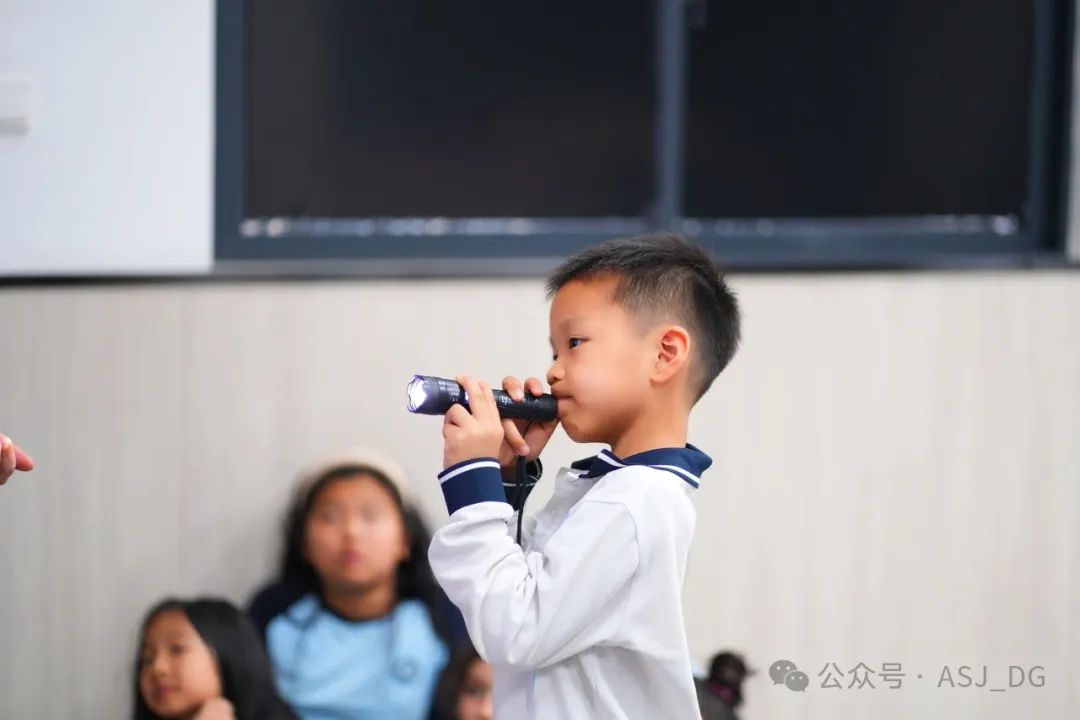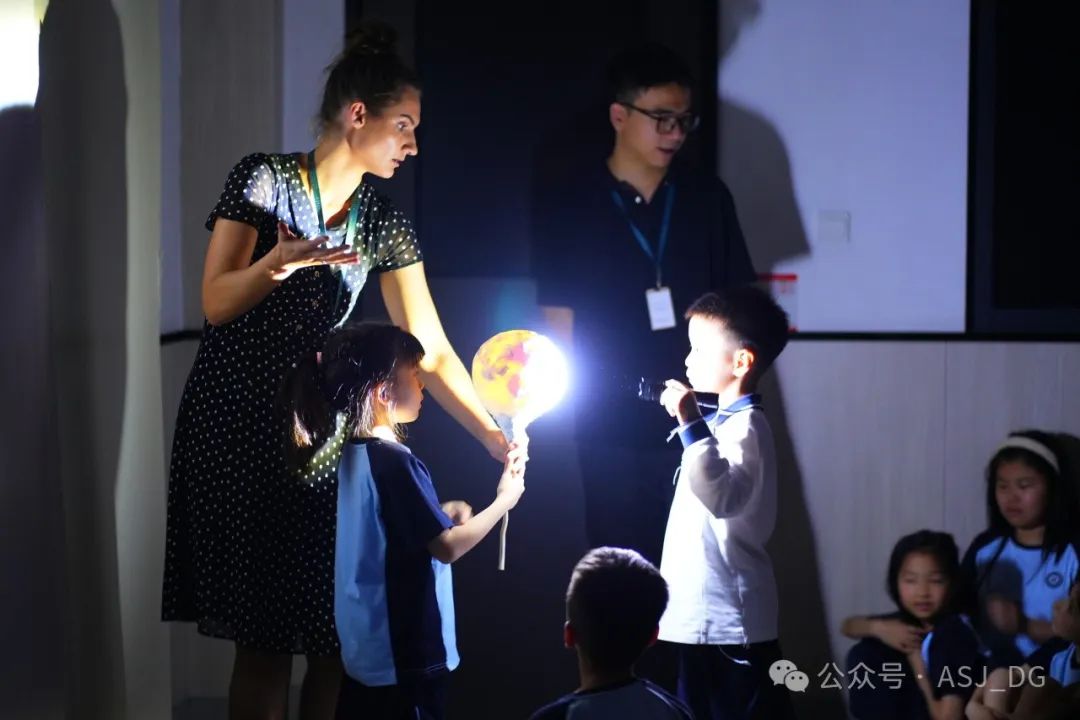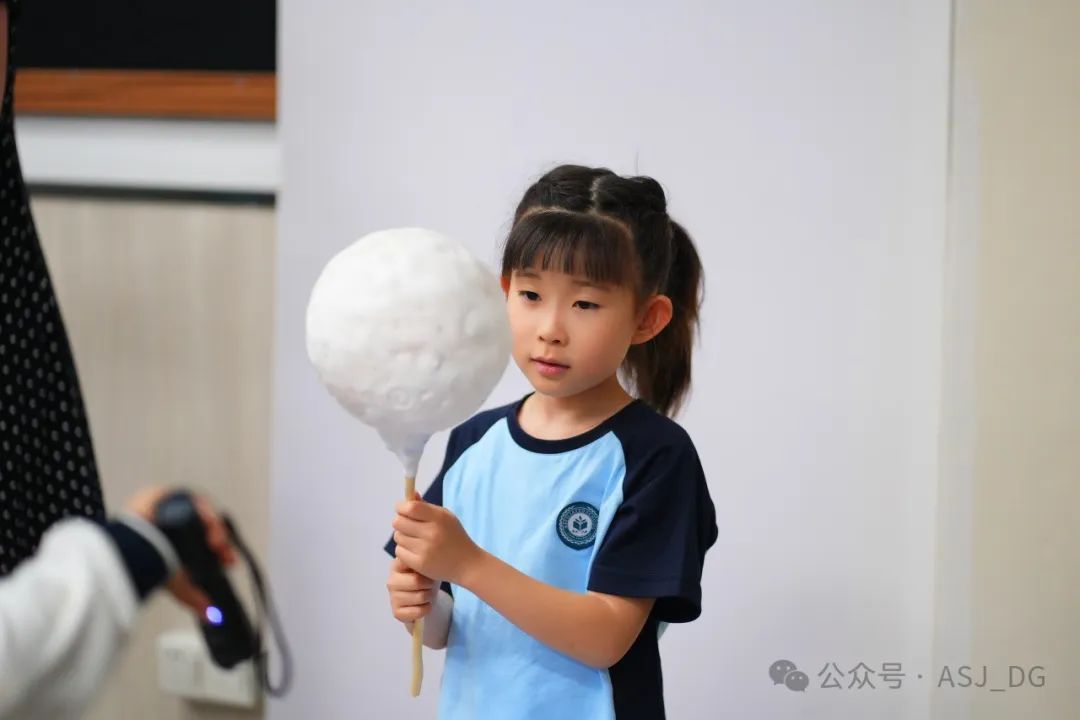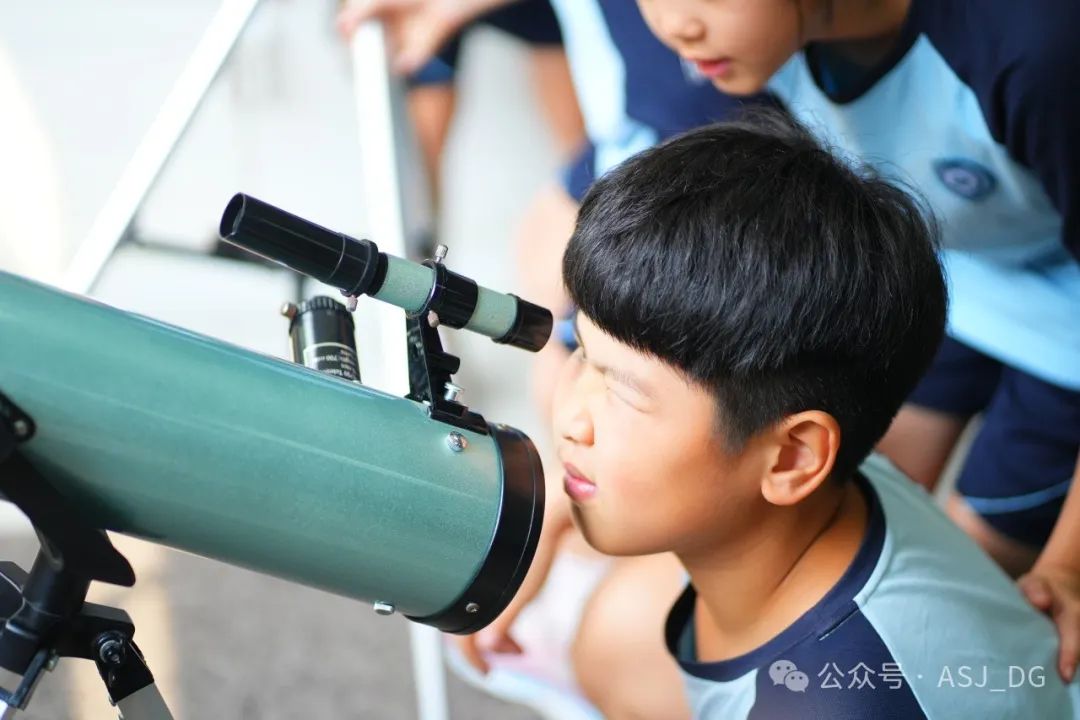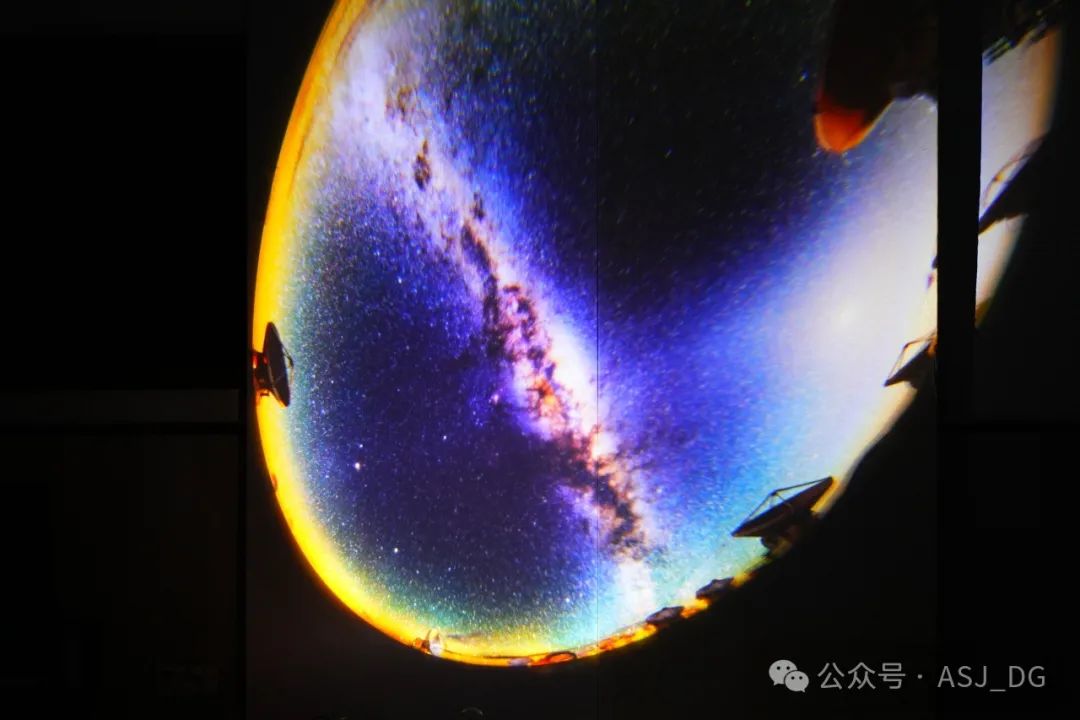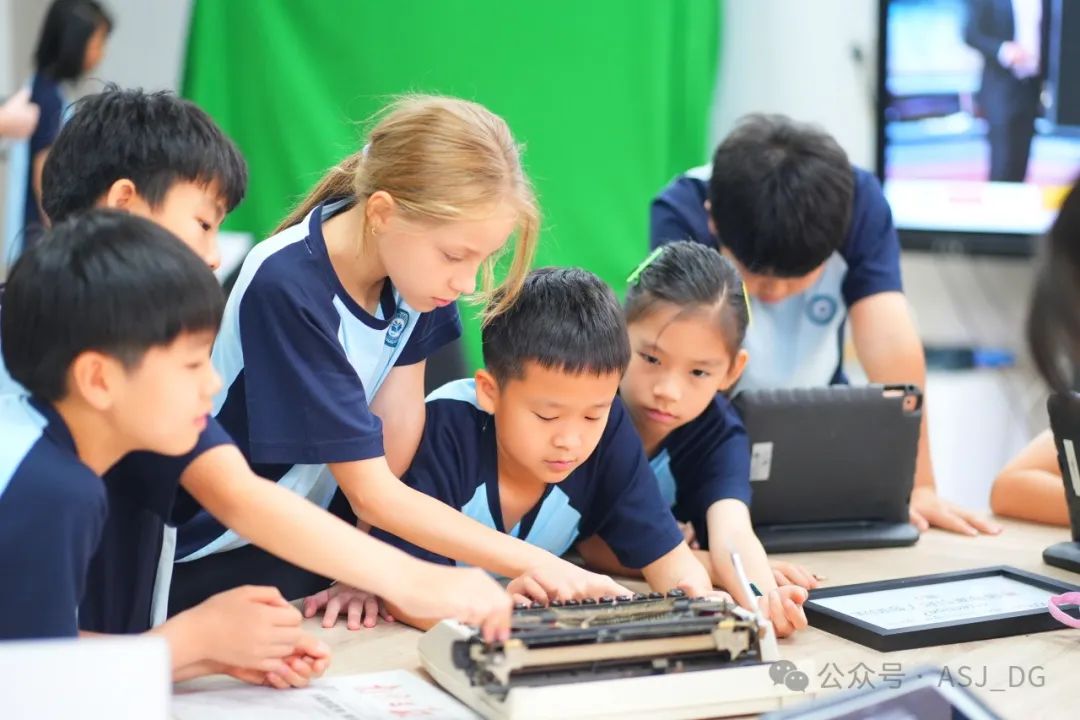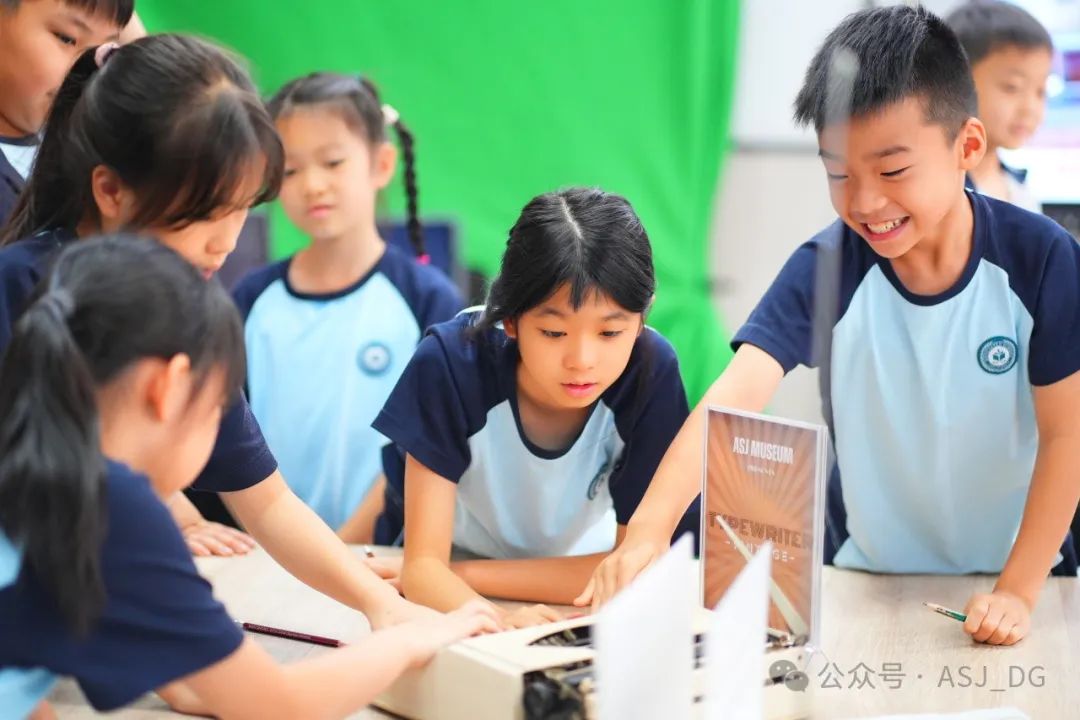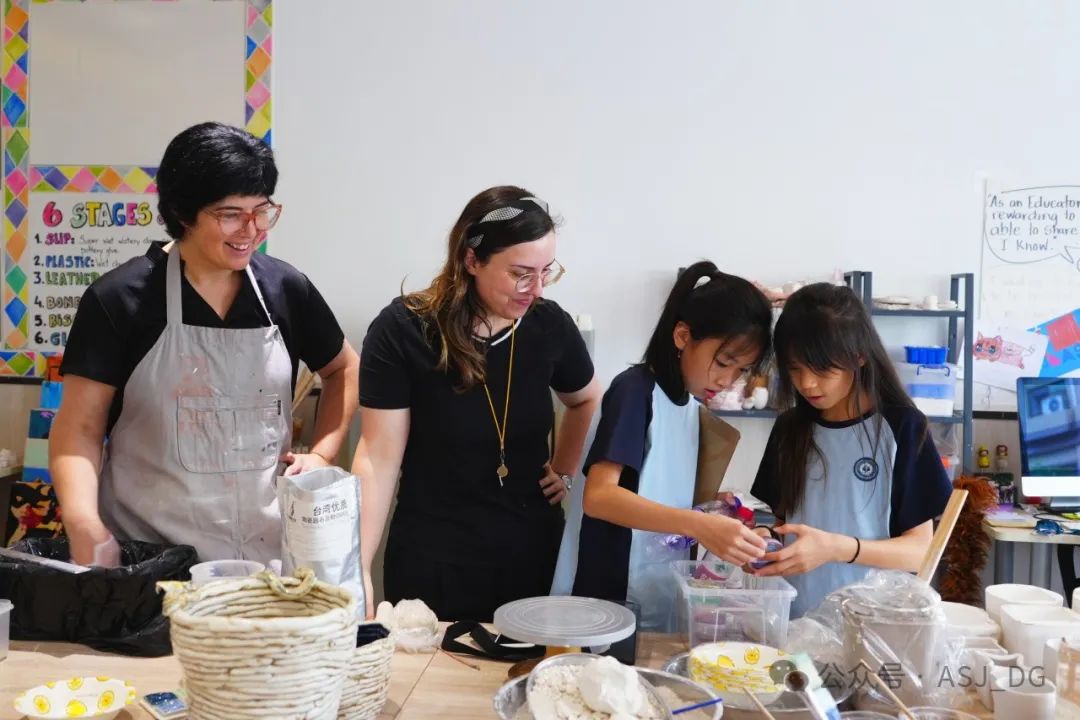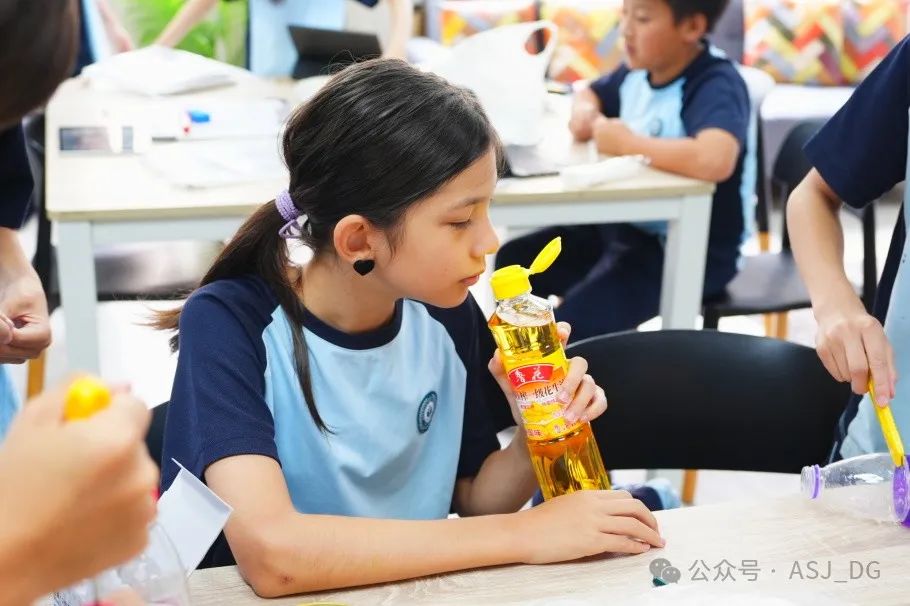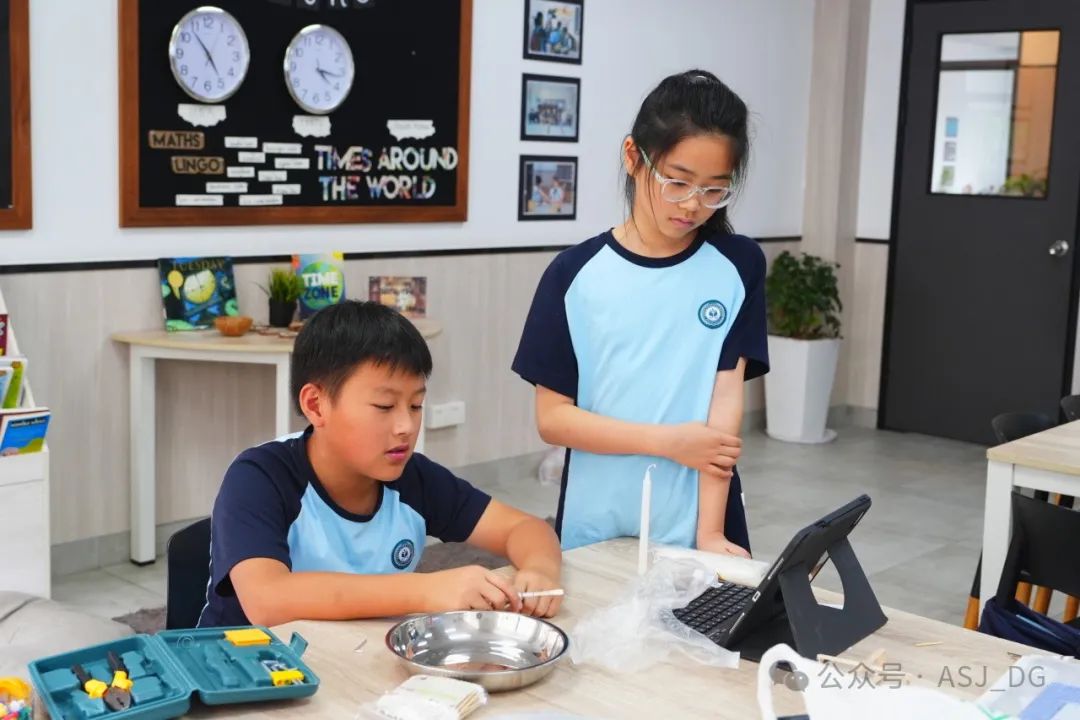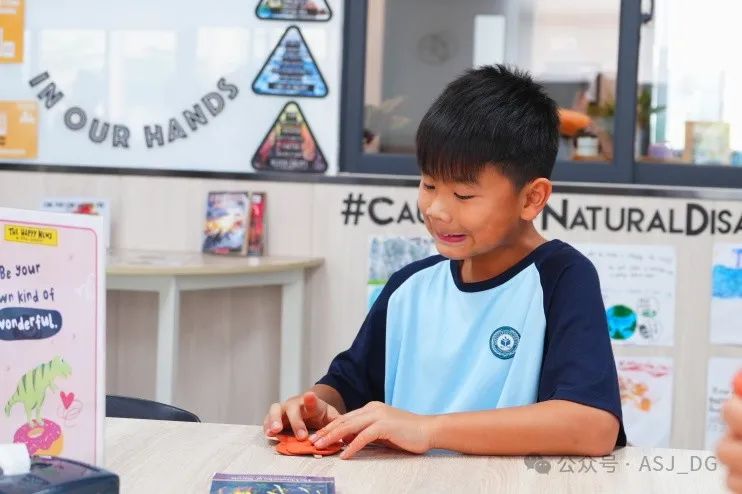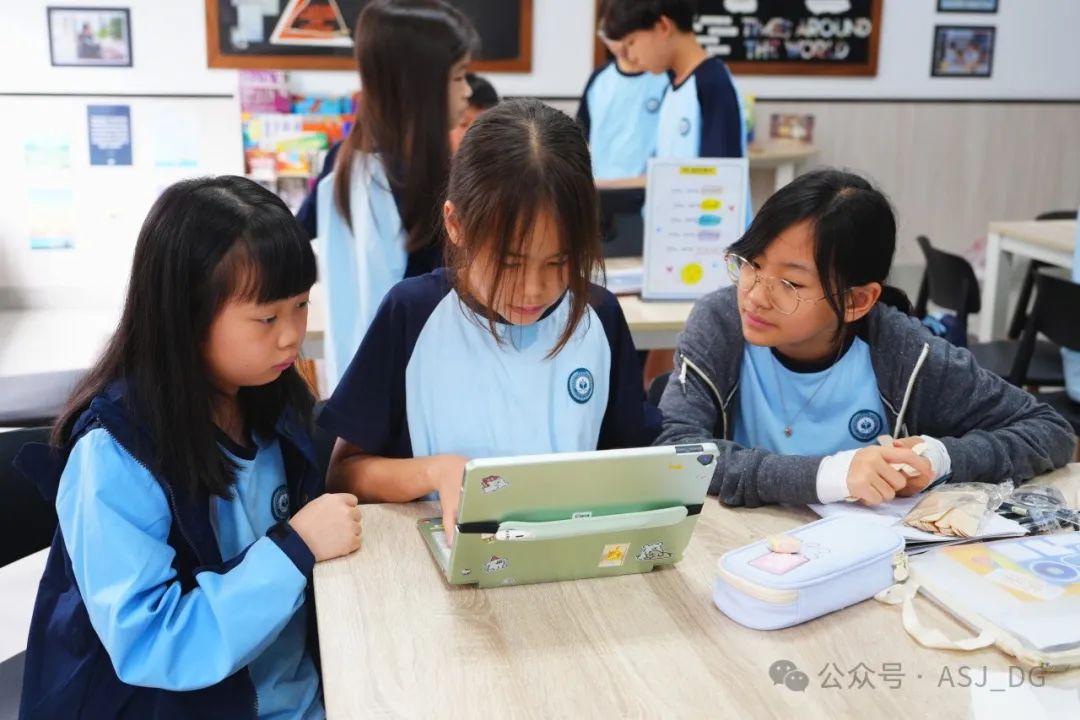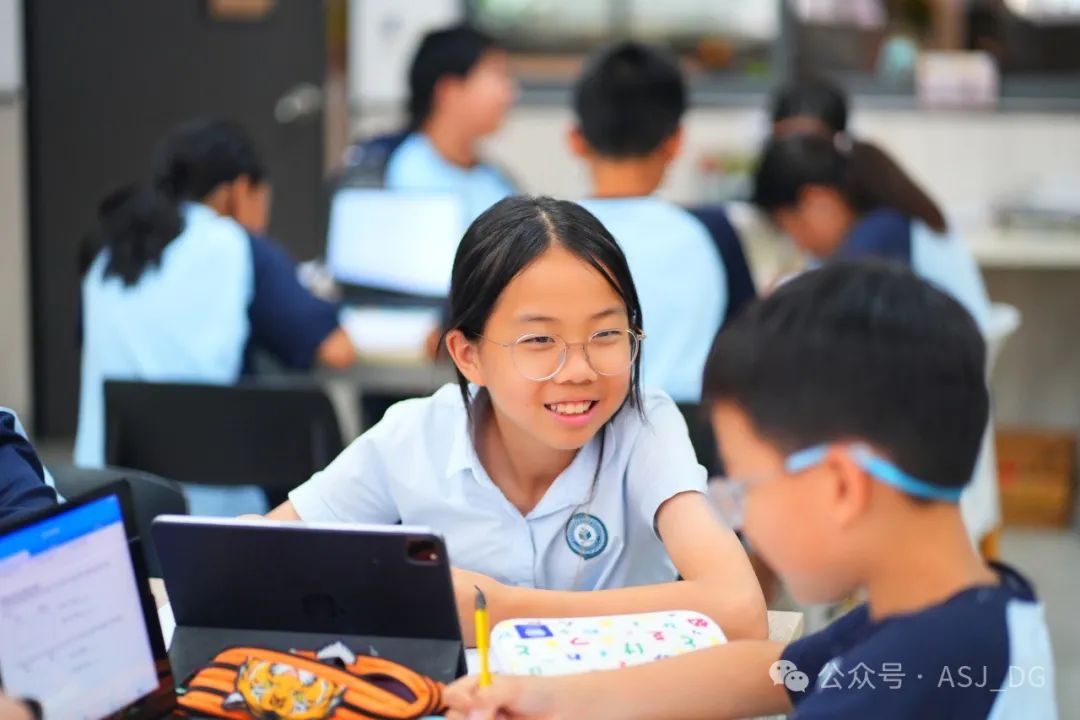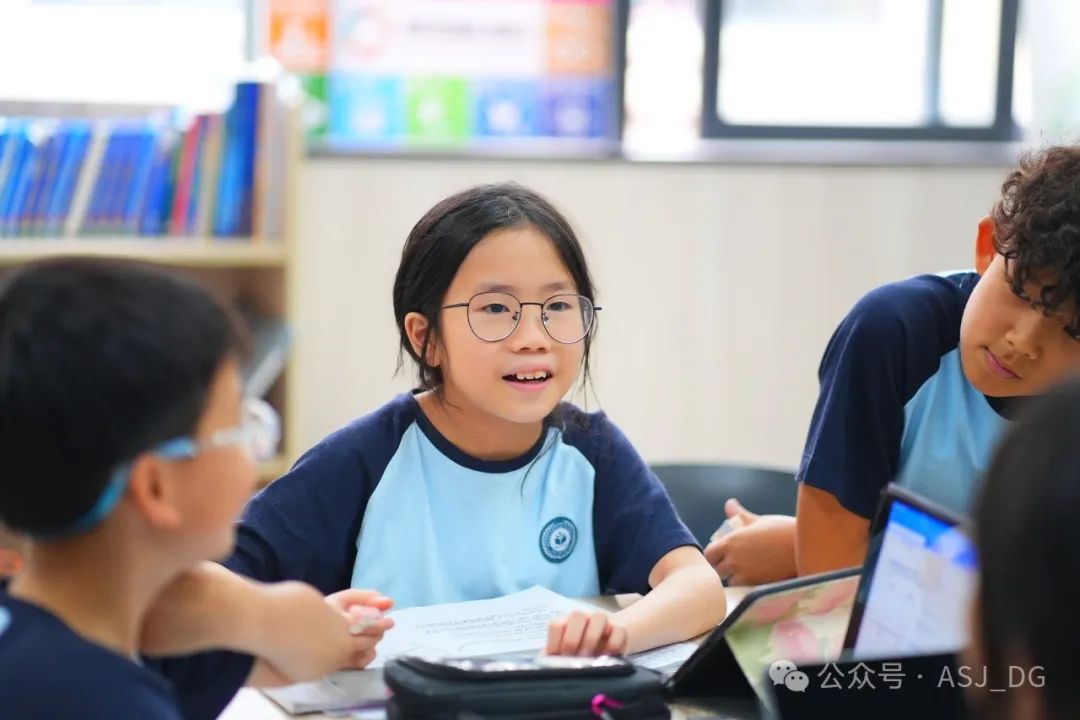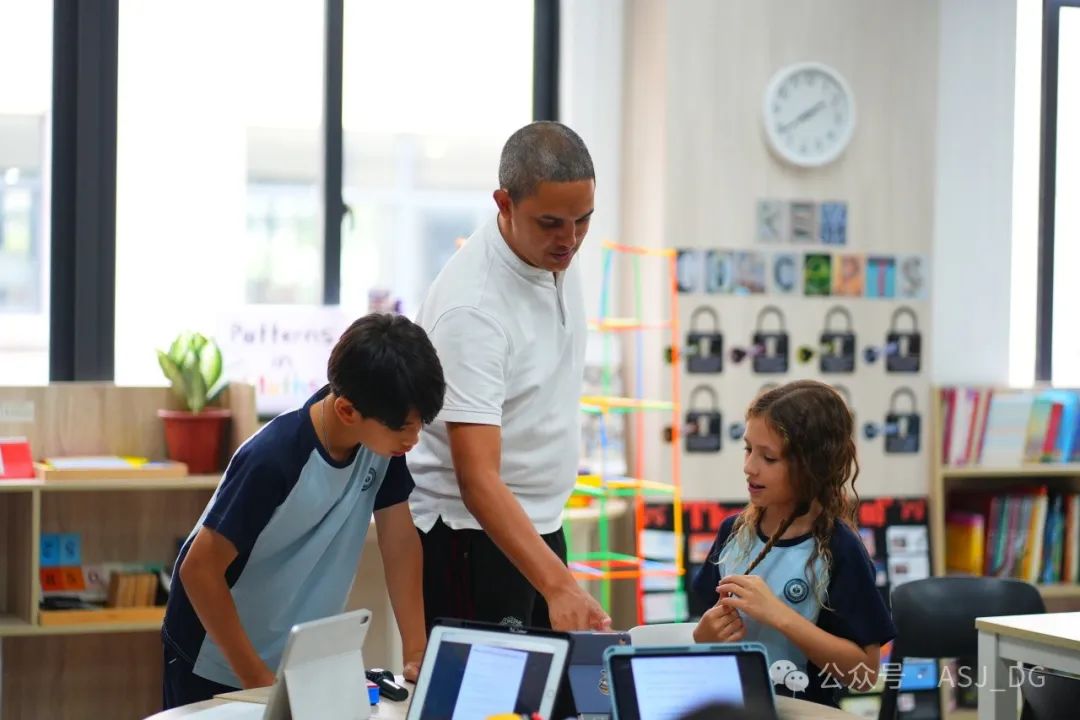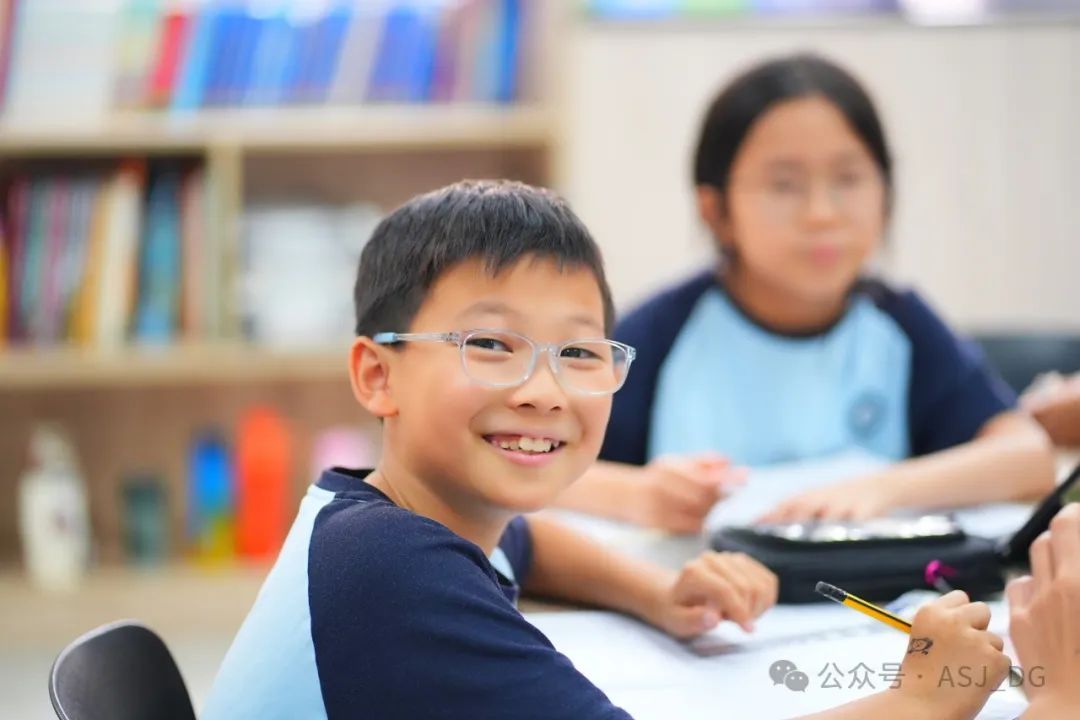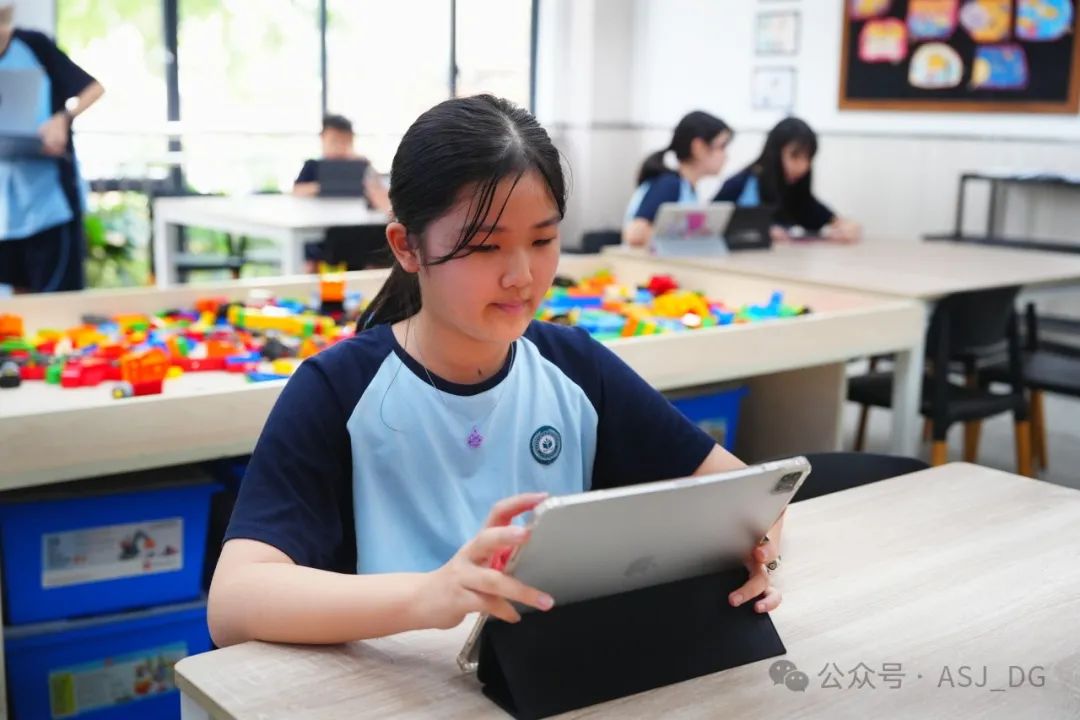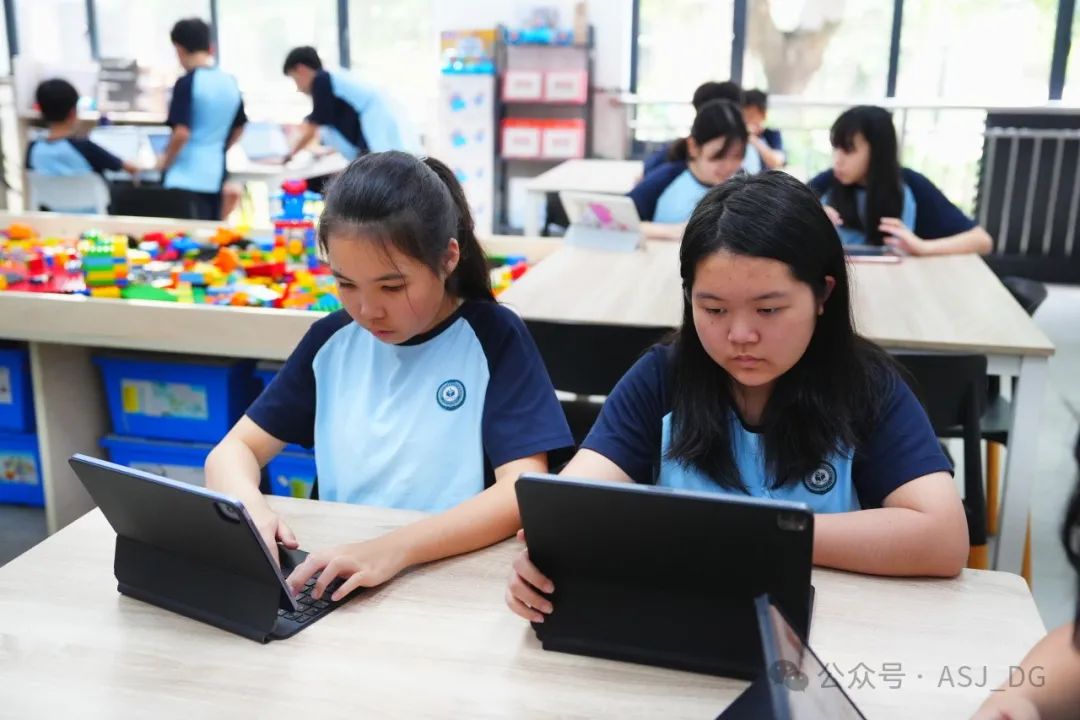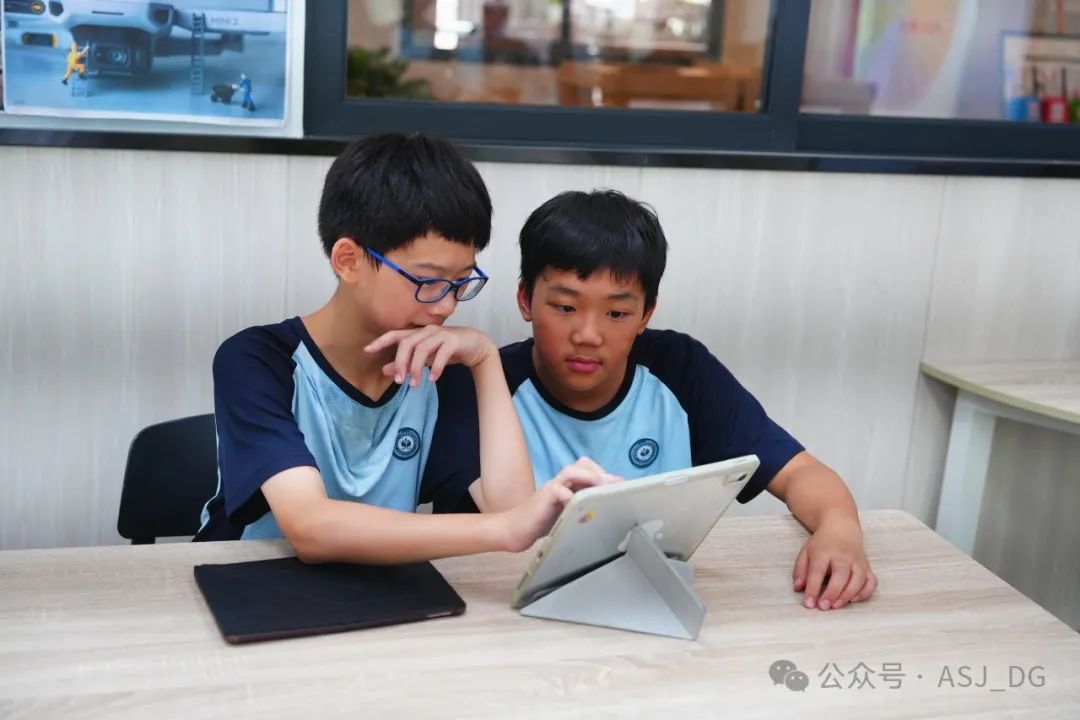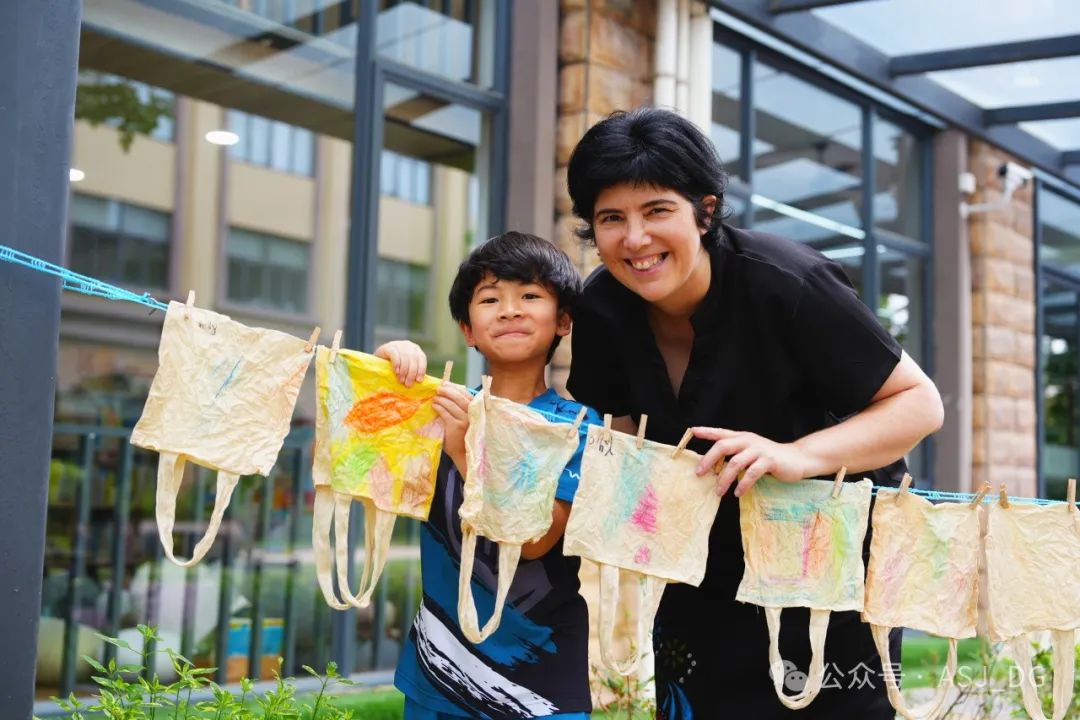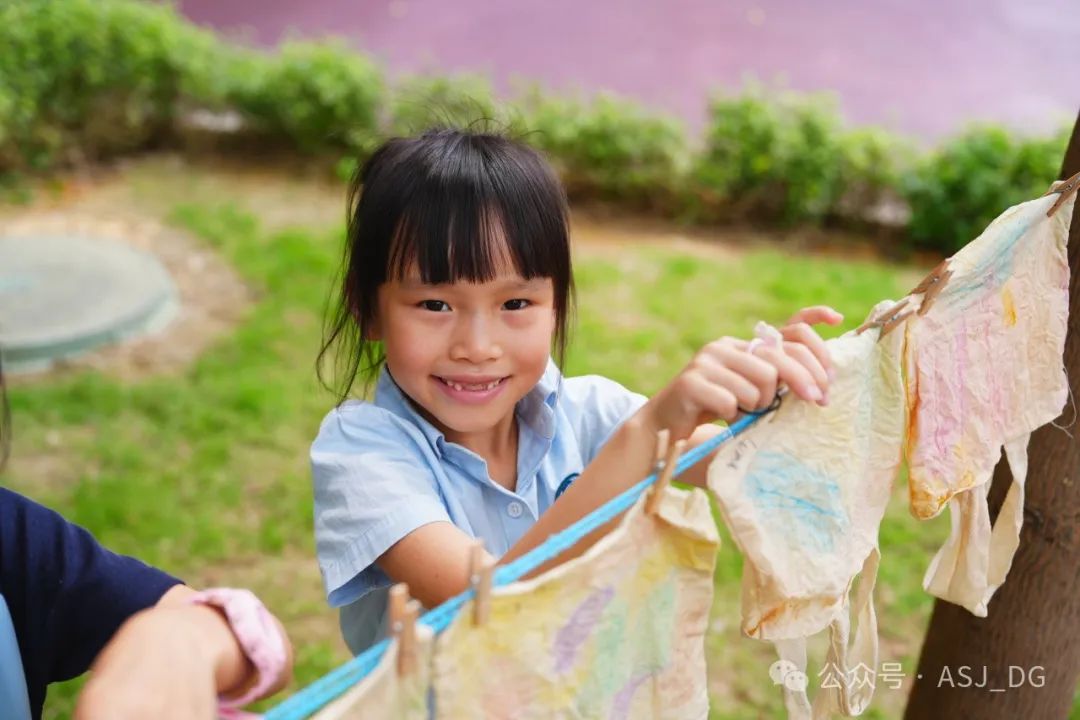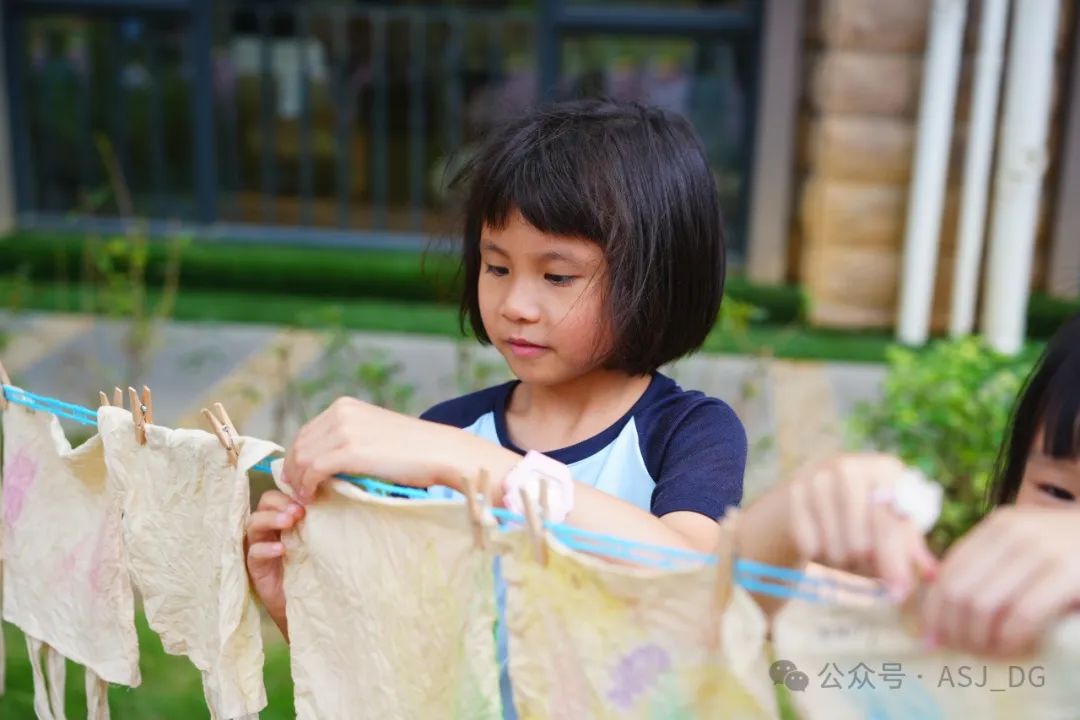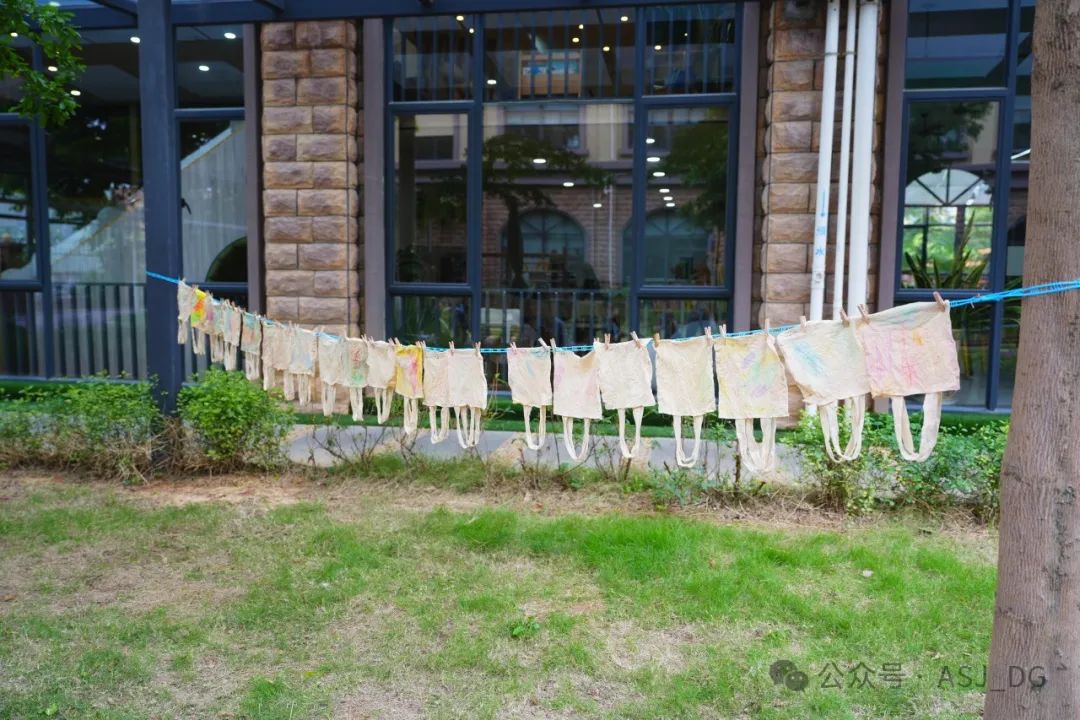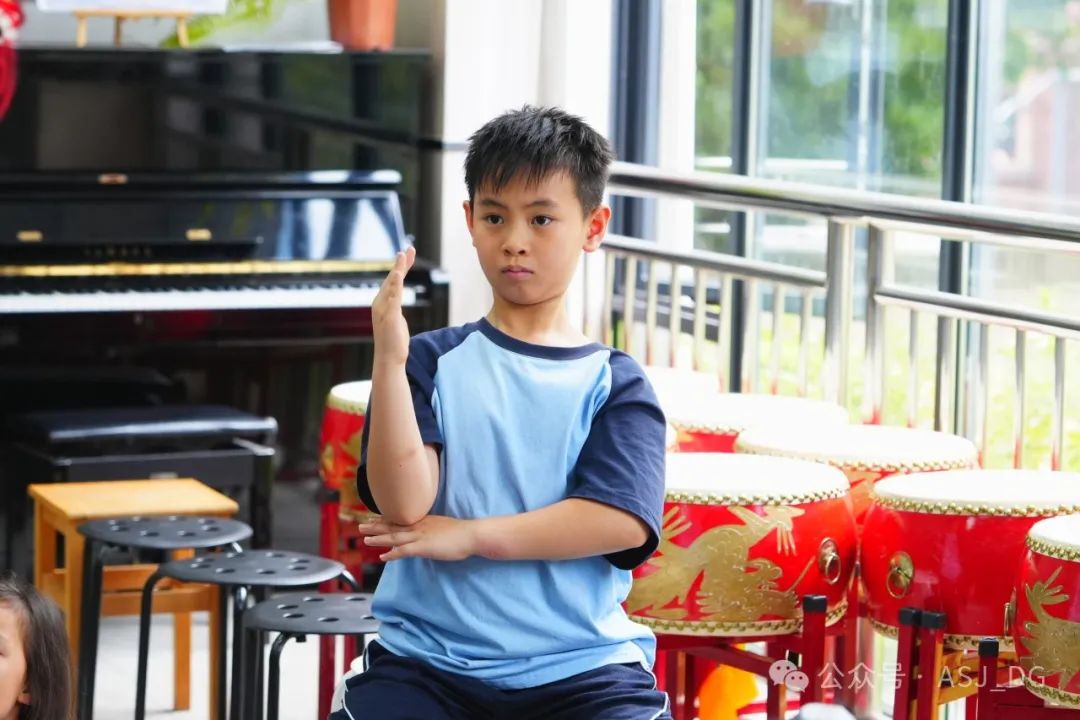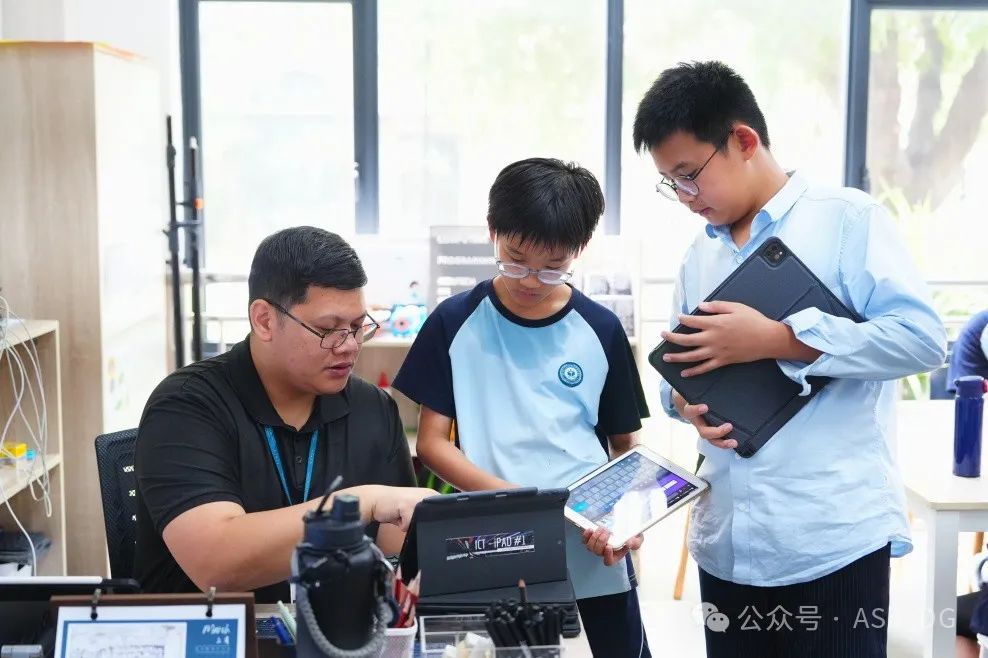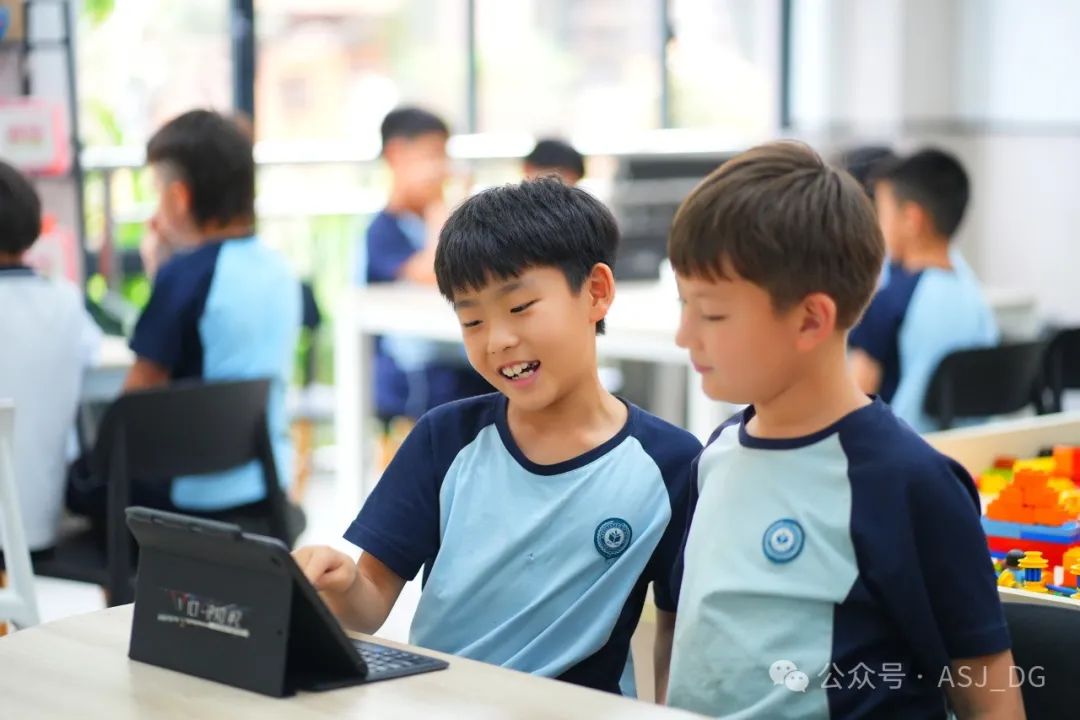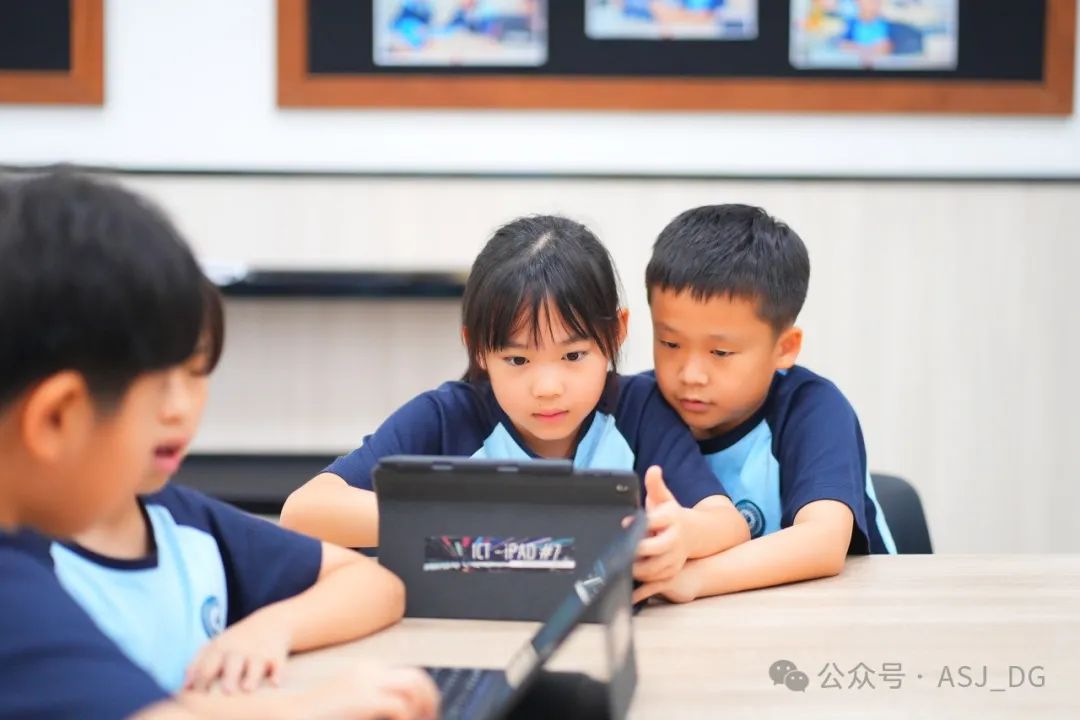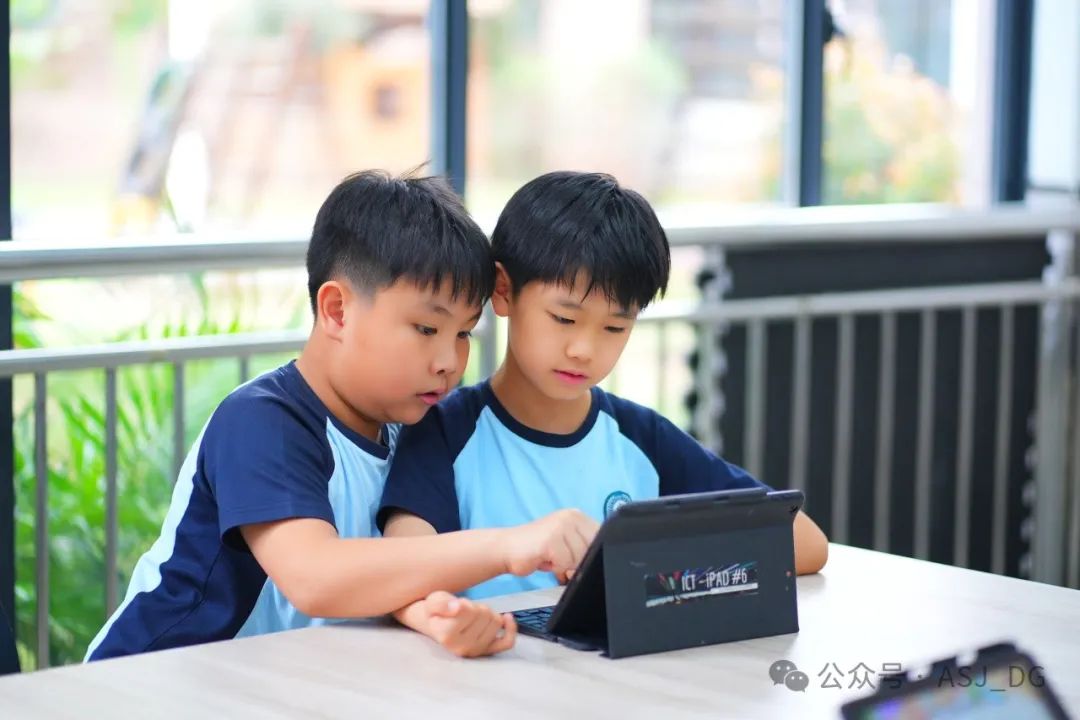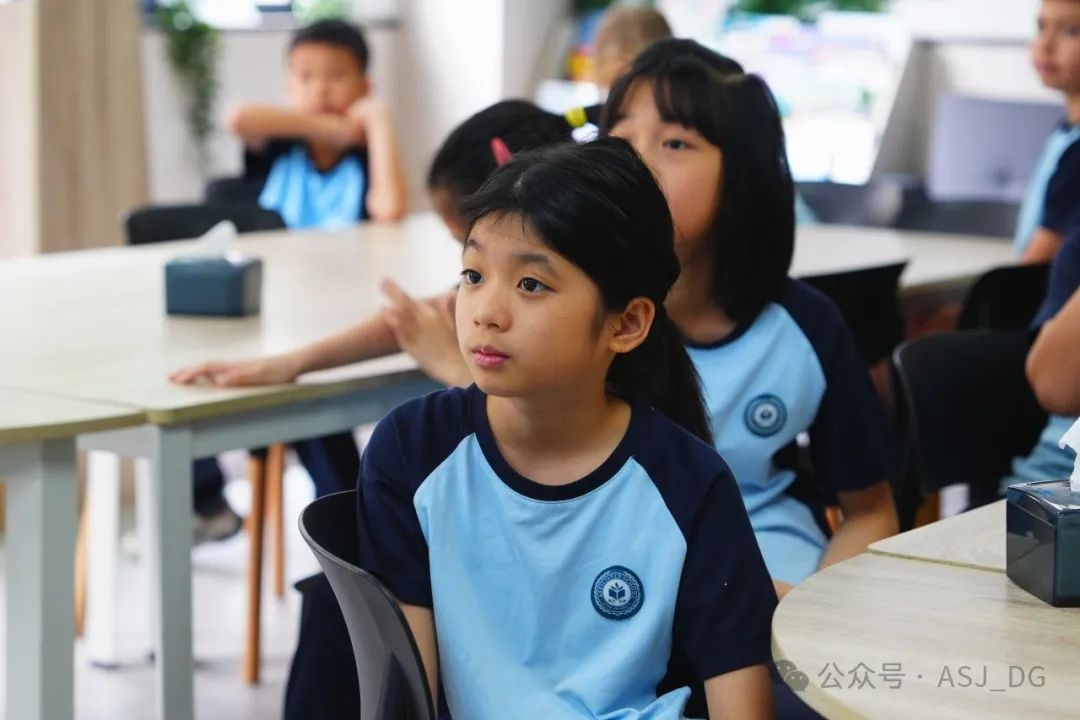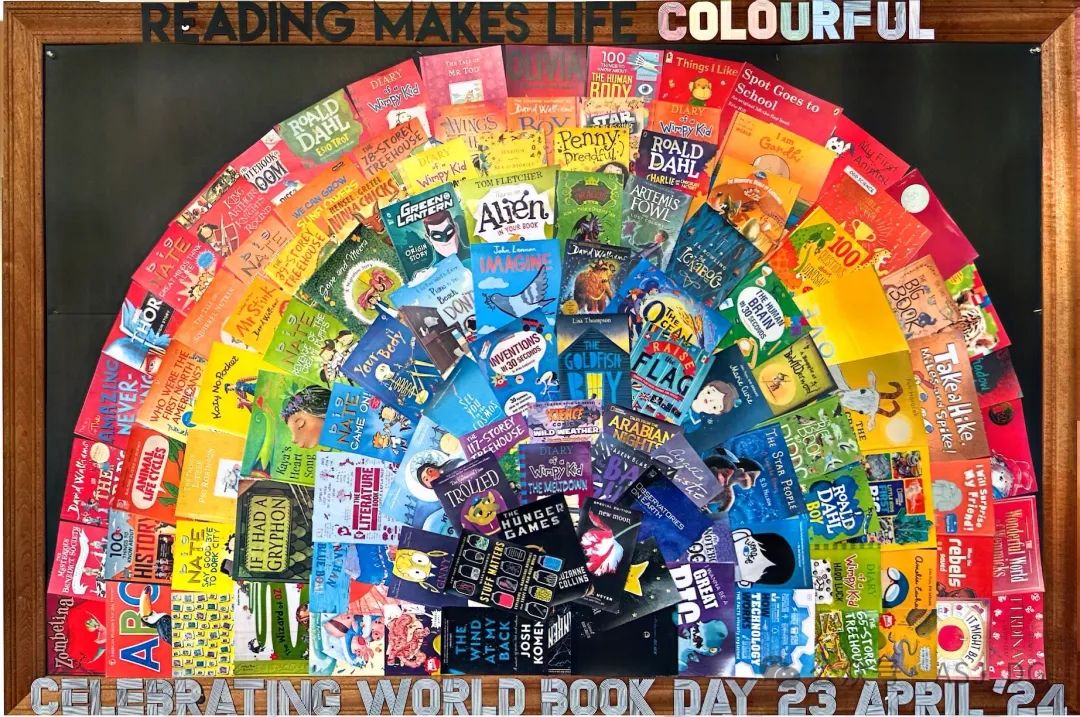Grade 1 students learned to use dictionaries and phonetic sequencing, which is a basic method of searching for Chinese characters based on their pinyin order. During the teaching process, students not only learned searching skills but also developed logical thinking and sequential thinking skills.
Grade 3 students learned about the historical background and unique architectural features of the Zhaozhou Bridge through the text ‘赵州桥’. By explaining the mechanics of bridge design, such as the concepts of tension and pressure, students were helped to gain a preliminary understanding of how the Zhaozhou Bridge could be stable for thousands of years.
Grade 6 students learned the ancient poem ‘Ode of Lime’. By praising the pure and brave image of Lime, the poet expressed his ambition to challenge difficulties and not be afraid of sacrifice. At the same time, the students discovered through exploration that quicklime is a white powder that is soluble in water but insoluble in ethanol. Moreover, quicklime can be used to help improve soil and can also be used to make materials needed for construction. Desiccant and bleaching powder can also be made from quicklime.
>>滑动查看中文
